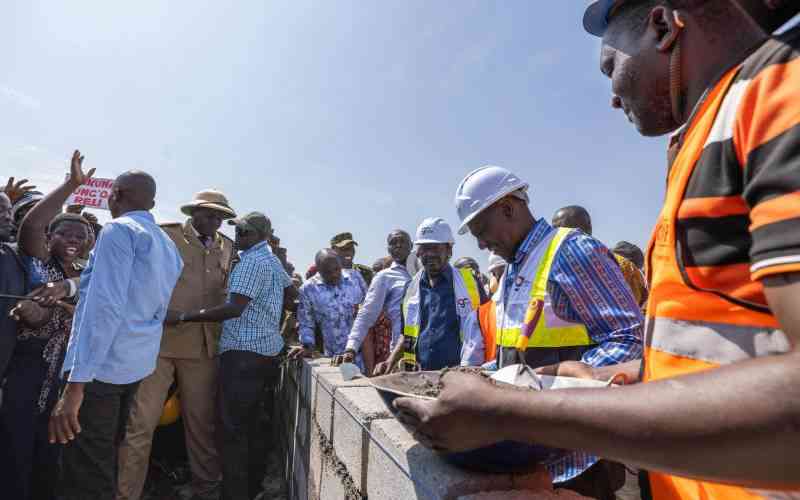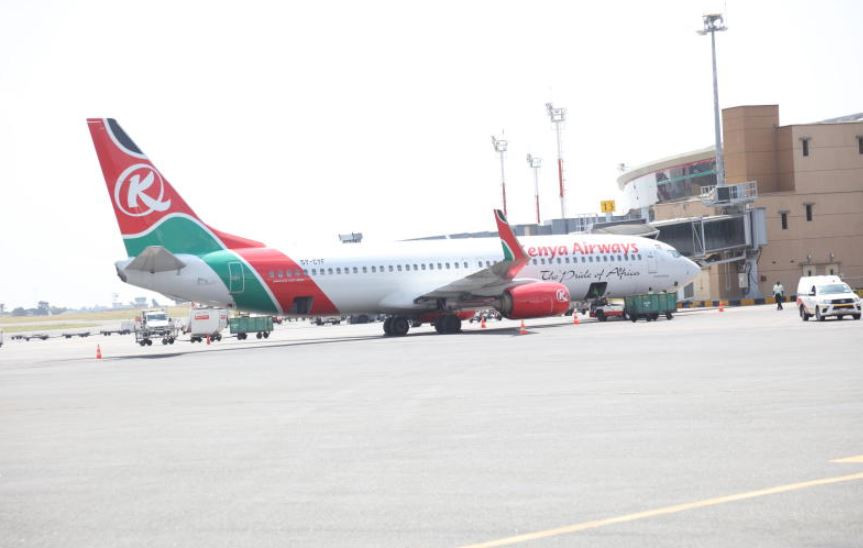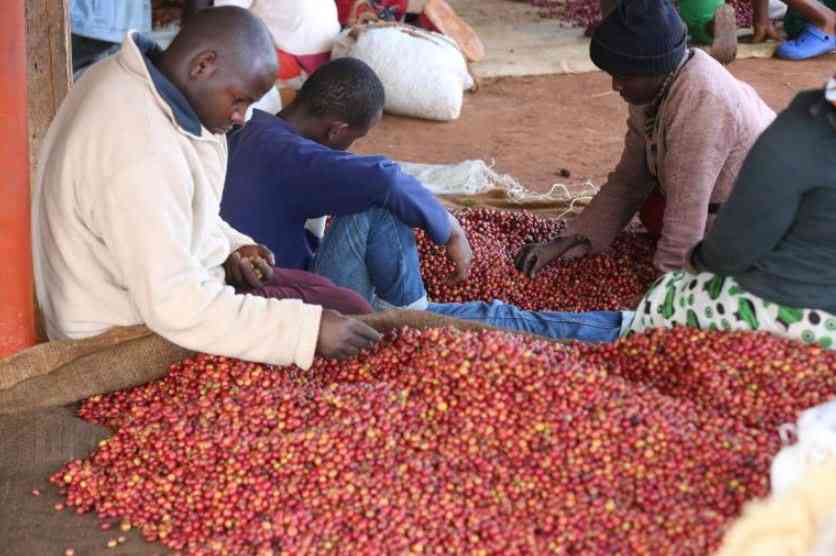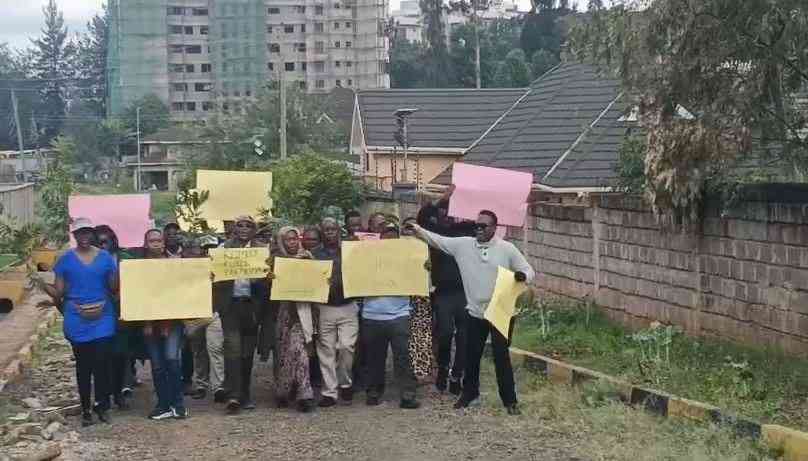×
The Standard e-Paper
Join Thousands of Readers
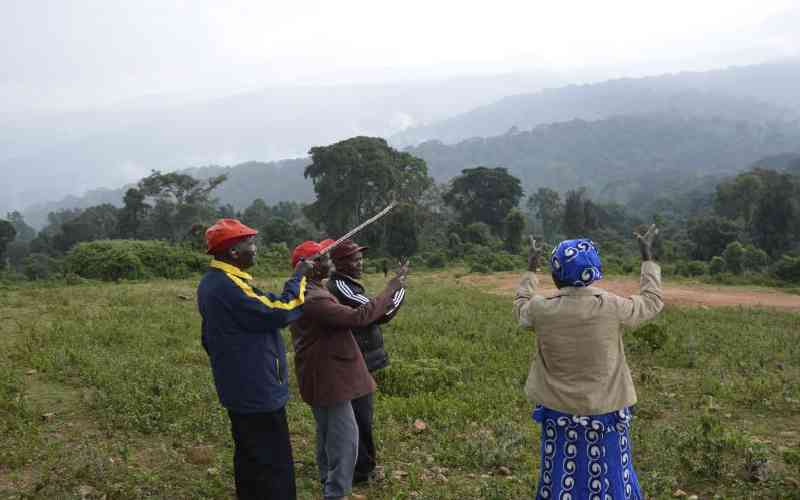
Caroline Kiplangat rummages through the thickets in the dense Kipteber Forest Block, in Elgeiyo-Marakwet County, as she searches for a particular herb.
Amidst the tweets of birds and screeches of insects, Caroline, who is the treasurer of the Cherang'any Cultural Group is adamant about getting the herbs that are now becoming a rare find.
